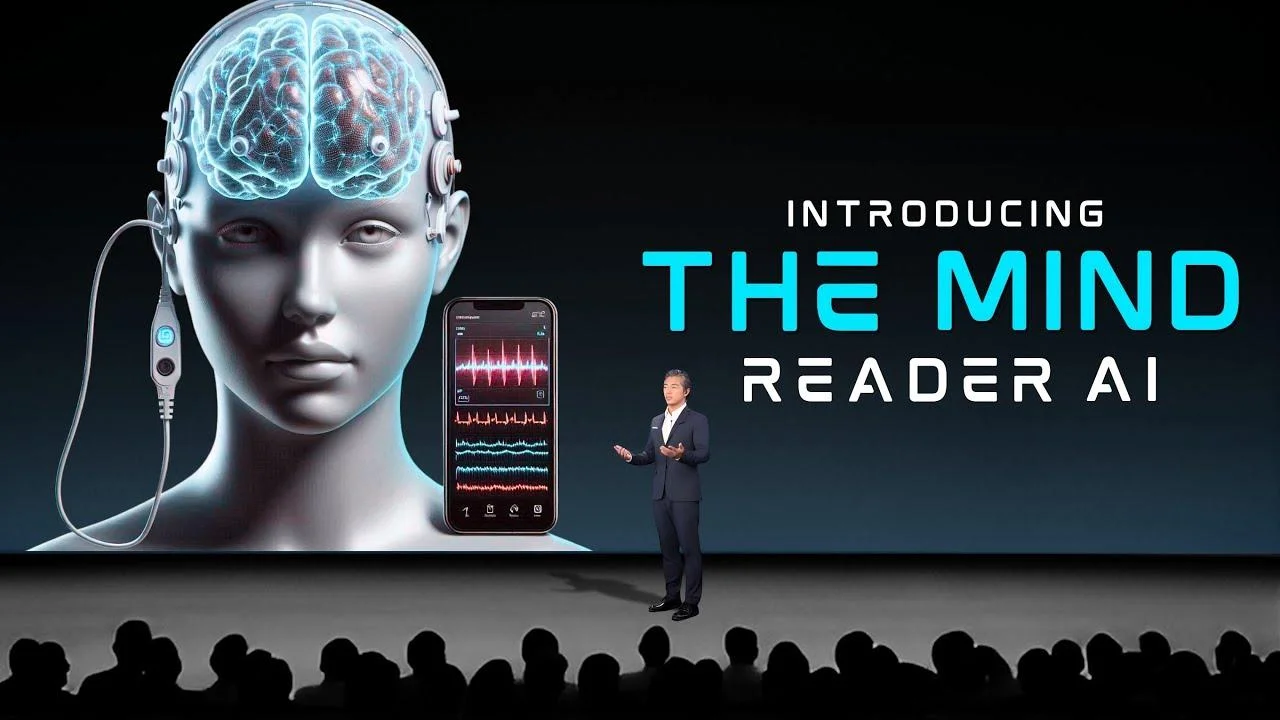Artificial intelligence (AI) stands at the forefront of technological innovation,promising to revolutionize industries,enhance efficiencies,and fuel economic growth on an unprecedented scale. Yet,despite remarkable advances,a significant barrier persists: a
Uncategorized
Navigating America’s AI Action Plan: Innovation Meets Regulation
The post “Navigating America’s AI Action Plan: Innovation Meets Regulation” explores the delicate balance between fostering cutting-edge AI innovation and implementing robust regulatory frameworks in the U.S. It highlights key features of the plan, including support for AI research, ethical guidelines, and government-industry collaboration. The article underscores advantages such as promoting responsible AI development, safeguarding public interest, and maintaining global competitiveness. Unique in its comprehensive analysis, the post offers insights into how strategic regulation can drive innovation rather than hinder it, positioning America as a leader in the evolving AI landscape.
AI Regulation in 2025: How Governments Are Shaping the Future of Artificial Intelligence
**AI Regulation in 2025: Shaping the Future of Artificial Intelligence**
In the rapidly evolving landscape of artificial intelligence, governments worldwide are taking significant steps to implement regulations that will shape the future of AI technologies by 2025. This post delves into the key features of emerging AI regulations, highlighting their advantages and distinctive qualities.
**Key Features:**
– **Global Standards**: Governments are collaborating to create universal standards for AI development and deployment, ensuring consistency and safety across borders.
– **Ethical Guidelines**: Emphasis is placed on ethical considerations, focusing on transparency, accountability, and fairness in AI algorithms.
– **Data Privacy**: Stricter regulations on data usage and privacy protection aim to safeguard individuals’ rights while fostering innovation.
**Advantages:**
– **Enhanced Safety**: Regulatory measures are designed to mitigate risks associated with AI, promoting safer applications in sectors such as healthcare, finance, and transportation.
– **Boosting Public Trust**: By establishing clear guidelines, governments aim to increase public confidence in AI technologies, encouraging broader adoption.
– **Innovation Framework**: Regulations can provide a structured environment that encourages responsible innovation while preventing misuse of AI.
**Distinctive Qualities:**
– **Dynamic Regulations**: The post highlights the adaptability of regulations to keep pace with technological advancements, ensuring they remain relevant and effective.
– **Stakeholder Involvement**: The engagement of various stakeholders, including tech companies, researchers, and civil society, fosters a comprehensive approach to regulation.
– **Focus on Sustainability**: Regulations are increasingly considering the environmental impact of AI technologies, promoting sustainable practices in AI development.
This comprehensive overview outlines how governments are navigating the complexities of AI regulation to ensure a balanced approach that fosters innovation while protecting society from potential risks.
How AI Is Revolutionizing Remote Work: Top Trends, Essential Tools & Future Outlook
The post “How AI Is Revolutionizing Remote Work: Trends, Tools, and Future Outlook” explores the transformative impact of artificial intelligence on remote work. Highlighting cutting-edge AI tools that enhance productivity, communication, and collaboration, it underscores how automation and smart technologies streamline tasks and foster innovation. The article also delves into emerging trends reshaping the remote work landscape, offering insights into future developments that promise to further elevate flexibility, efficiency, and employee experience in distributed teams.
Cracking the Code: How to Achieve Consistent AI Model Outputs for Reliable Results
“Cracking the Code: Achieving Consistent Outputs in AI Models” explores innovative strategies to enhance reliability in AI-generated results. The post highlights key techniques for reducing variability, ensuring predictable performance, and improving model robustness. It offers practical insights into tuning algorithms and managing data inputs to achieve stable outcomes, setting it apart as a valuable resource for developers seeking precision and consistency in AI applications.
This AI Surpasses Most Humans-And Keeps Getting Better
In a world where technology constantly redefines the boundaries of possibility, a new contender has emerged that doesn’t just mimic human intellect-it outpaces it. This AI, a marvel
GPT-4o Debuts: Ushering in a New Era of Conversational AI?
In the ever-evolving landscape of artificial intelligence, breakthroughs often come cloaked in anticipation and curiosity. The arrival of GPT-4o marks one such pivotal moment, promising to redefine the
Caught Between Fear and Frenzy: America’s AI Dilemma
In the shadow of a technological revolution, America stands precariously poised at the crossroads of hope and hesitation. Artificial Intelligence-once the realm of science fiction-now weaves itself into
Orb’s World ID: Innovation or Surveillance Unveiled?
In an era where digital identities weave ever more intricately into the fabric of our daily lives, the emergence of Orb’s World ID stirs a fascinating debate at
Mind-Reading AI Emerges: The Future Just Began
In the ever-evolving landscape of technology, a new frontier has just opened-where thought meets machine with unprecedented clarity. Mind-reading AI, once a concept confined to the realm of







